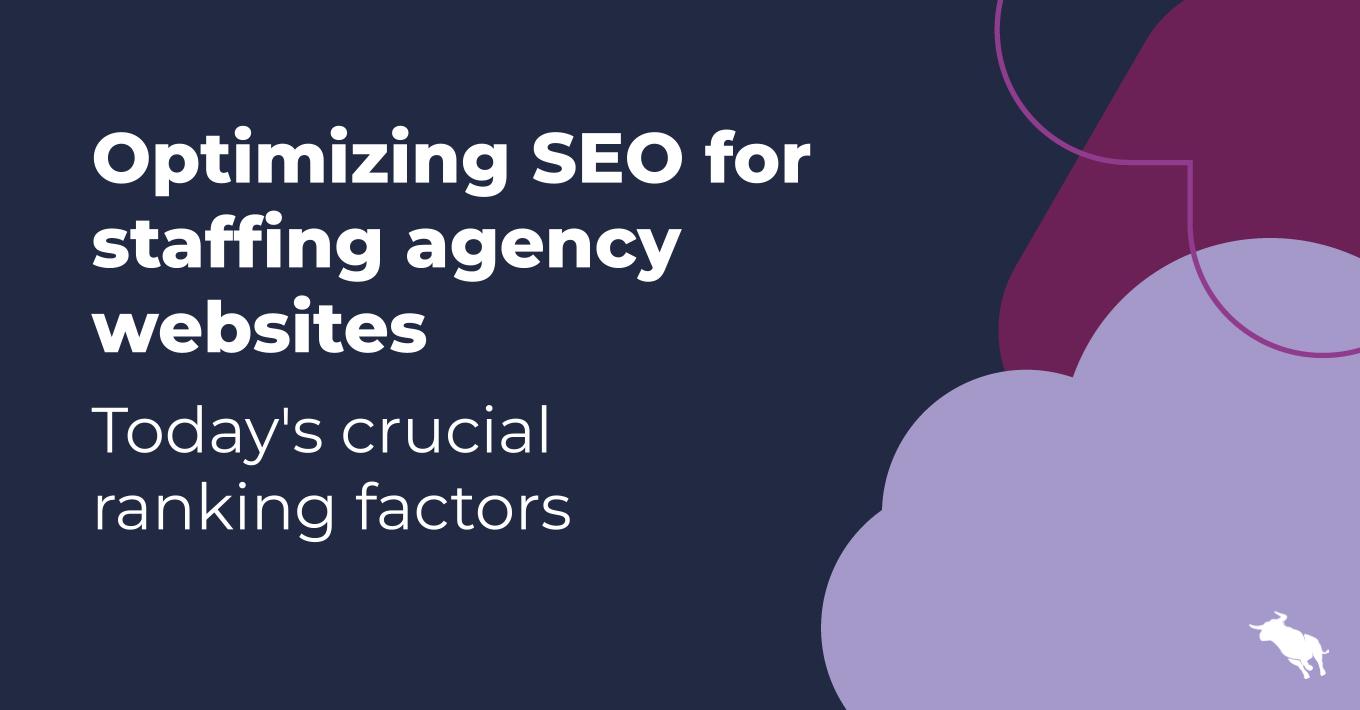How to Master Pay and Bill With Analytics: Hours Worked

Pay and bill is one of the most crucial elements of the business to get right and it’s also one of the trickiest. Inaccurate invoices are the fastest way to lose a client and damage your reputation. So how can you excel at pay and bill?
Providing accurate pay and bill experience ultimately comes down to using the right tools, implementing an effective process, and monitoring and tweaking that process accordingly. In this series, we’ll cover 5 KPIs that allow you to do exactly that. Last week, we discussed profitability and margin. This week: hours worked.
What is it?
Hours worked is what it sounds like: the number of hours your workers have clocked for their active placements.
What does this metric tell me about my business?
Analyzing the number of hours worked to help your business better understand trends and segmentation. With visibility into how hours-worked are trending over time and making year-over-year comparisons, you can better understand growth areas or potential trouble with clients. You can get more targeted by segmenting this data by geography, client, role, and more. This can also uncover how many overtime hours are being clocked, which could inform additional decisions to hire more candidates or review the shifts. Lastly, understanding how hours-worked is trending can enable much more accurate operational and financial forecasting for weeks and months to come.
How do you measure it?
Use ad-hoc reporting to show timesheet details for your candidates currently on assignment. Organize the report by time (week, month, quarter) or by type of hours (regular, overtime, holiday).
Consider combining with:
profitability and margin metrics to better inform financial and efficiency goals for the team and to more accurately report on the financial progress of the business. Also consider combining with timesheet approvals; clients that regularly dispute timesheets may result in decreased jobs and hours worked.
It is also as important to see who hasn’t submitted time and/or is no longer at the client. This analysis provides agencies a clear understanding of their available candidate pool and avoids missing redeployment opportunities.
Want to read more about the topics that matter most to staffing professionals? Subscribe to the Bullhorn Blog for news, tips, interviews, trends and more.





